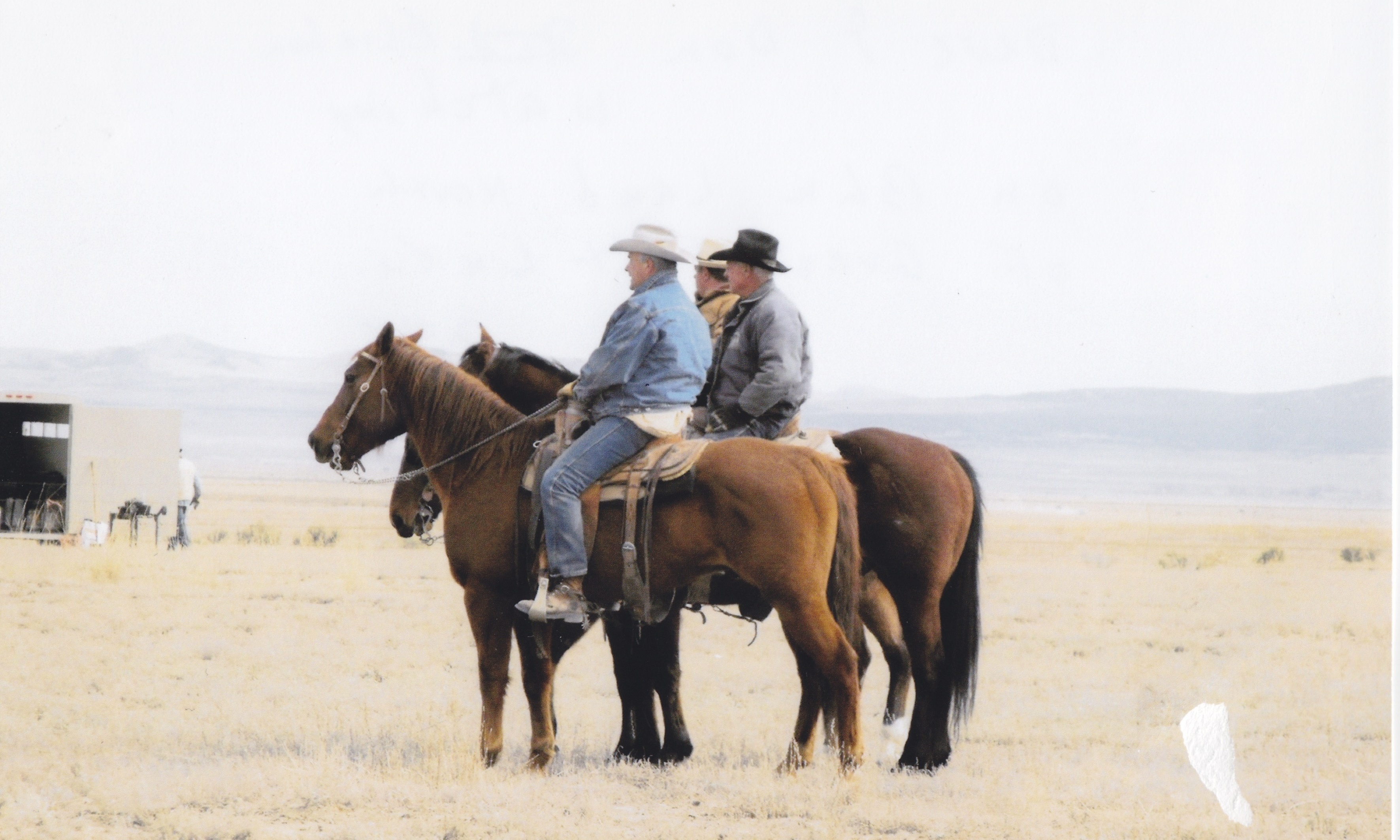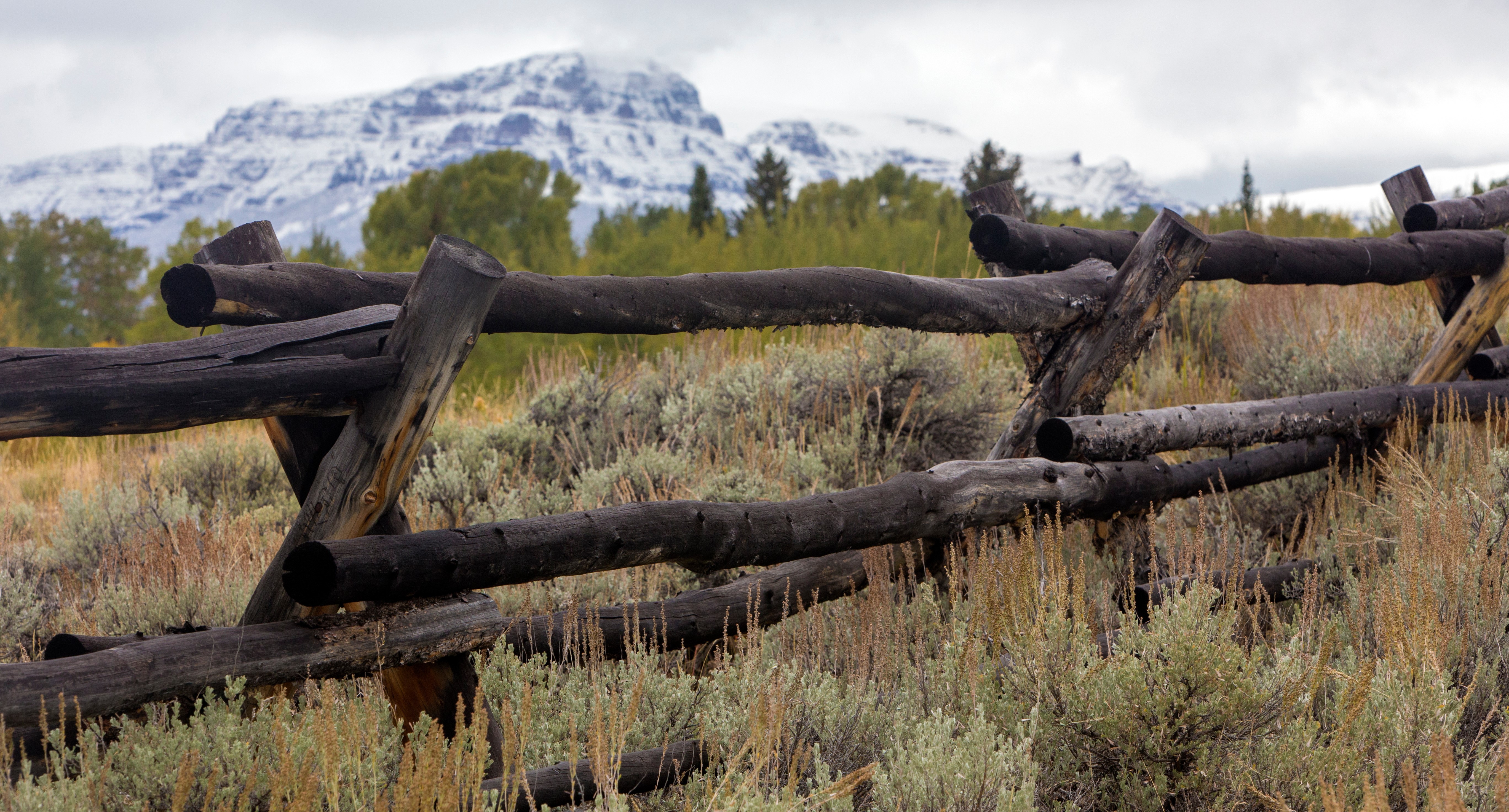
Dave Eliason
A fifth-generation rancher, Dave Eliason works with his family to run cattle in both Idaho and Utah on private and public lands and has long been a leader in his tight-knit community. In addition to his position as the 2019 president of the Public Lands Council, he has been a local church leader, a Boy Scouts leader, president of many state and local cattlemen and beef industry associations, and a member of the Utah state advisory board for the Bureau of Land Management (BLM). He was also appointed as chair of the Utah State Farm Service Agency board by President George W. Bush and the Governor’s Agriculture Advisory Board by Utah Governor Gary Herbert. Now, Dave’s four sons are in the business. His eldest son, Shane, is in the process of taking over the ownership and management of the ranch with his wife – they will be the sixth generation to run the family business. Another son, Derek, is buying his own ranch – 150 miles from Dave’s. His other two sons run a trucking company, but every chance they get they come back to the ranch to help out. “Ranching really is important to the family; it is who we are.”
A Community Lifeline
Ranching is important to life in Box Elder County, Utah. “Anytime we have a big cattle move, people want to come out and help. Many members of the community love horses and cattle and come out to help – it really is amazing,” says Dave. Most of the time, Dave and his family join ranchers from five different ranches to run cattle together. Each rancher pays their own grazing fees and follows grazing plans outlined by the BLM. They work together – and with the BLM – to do what’s best for the 200,000-300,000 acres they graze on, as well as the wildlife that live there. The work of these ranchers contributes directly to the economy. According to one study, the cattle industry contributes $60 million to the economy in Box Elder County alone. The area is made up of many small communities that rely on the use of the public lands. Dave’s family pays taxes, supports local schools, and buys everything locally from fuel, automobiles and machinery parts to groceries and lumber. I love the land, and I love our life on the land. Cattle and sheep are amazing animals – they can take grass and convert it into meat, clothes, leather and a number of other commodities that people take for granted. “All of these small purchases make up the big picture,” says Dave. “If you take one cog out of the machine, it makes a big difference. If you take a bunch of those cogs out, pretty soon the whole economy will stop.”
Investing in Public Lands
In the areas Dave ranches, the availability of private grazing lands is scarce, so ranchers pay a public lands grazing fee to the federal government and follow BLM grazing plans.
According to Dave, the difference in private versus public lands grazing is more than simply the cost of the grazing fee. Paying a private lands grazing fee allows the rancher to leave their cattle in the care of the landowner and graze them on land that is taken care of and maintained by the private landowner – without restrictions from the county, state and federal government.
Ranchers who graze on public lands invest time, financial resources, and labor into preserving water sources, mitigating invasive species, building and fixing fencing, creating fire breaks, and ensuring that wildlife populations can thrive.
“We have eliminated 2,000 acres of Pinyon juniper and built miles and miles of pipeline and multiple water troughs to bring water to wildlife and cattle across the range,” says Dave. “Back in the 1970s, I helped start the community fire department. Before that, we didn’t even have a fire truck, but now we have a really successful firefighting team.”
Dave uses ranching to minimize the damage from fires. “We try to manage the land in a way that prevents the spread of catastrophic wildfires,” he says. “It is our livelihood to take care of the land, and although we’ve had our share of big wildfires, we’ve tried to put in fire breaks to control the damage.”
Dave also practices rotational grazing. He drives 40 to 50 miles each way to check on cattle depending on the season. Because of the efforts of Dave Eliason and other ranchers, wildlife populations are able to thrive.
“We manage the lands to ensure that wildlife populations, like the Sage Grouse, are able to thrive,” says Dave. “We monitor our grass on the range, and if the grass starts to get short, we move the cattle. The land gets better year after year because of our management practices.”
